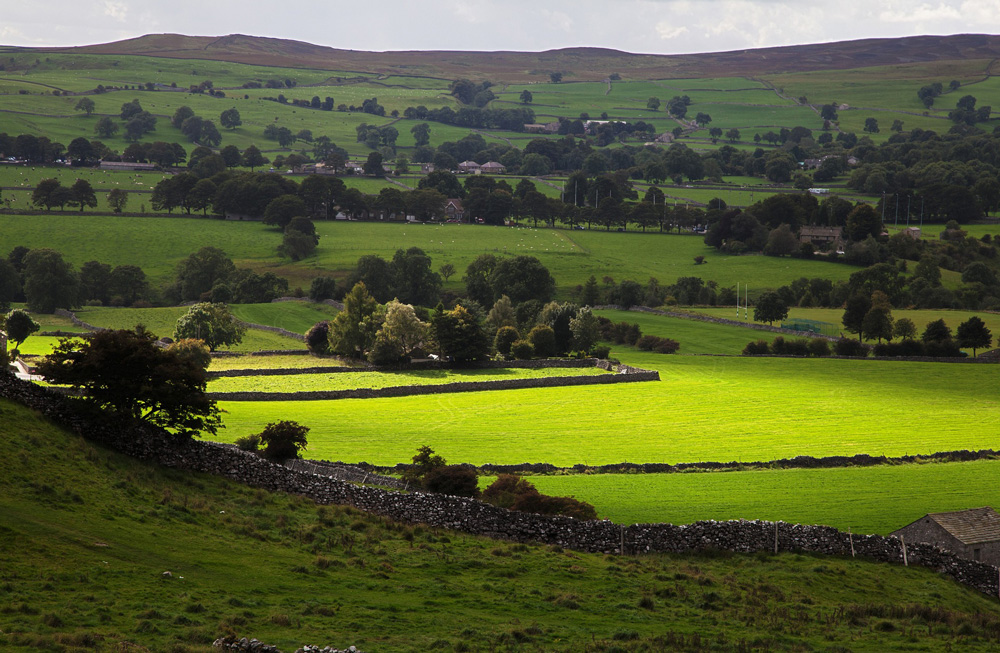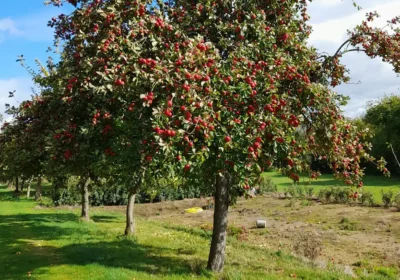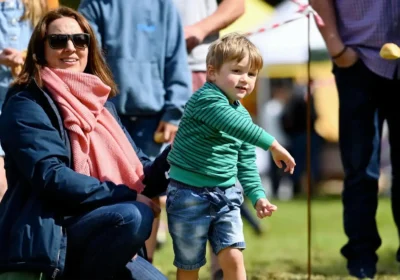By AJ Selby.
In 1942 the War Office commissioned Bradford artist Frank Newbould to produce 11 posters to help rally the troops fighting at home and abroad. The title of this set of posters was Your Britain, Fight for it Now. The posters were bold and colourful and all were of the English countryside, including iconic views of the South Downs, Salisbury Cathedral from the water meadows, and a small Devon village lane leading down to the sea.
Of all the things the War Office thought that Tommy Atkins would want to fight for – our castles and cathedrals, Big Ben, red phone boxes, the Salvation Army – they picked the English countryside to boost morale. That countryside is, and has, been in terminal decline with a loss of habitats and destruction, some of it for housing on the hitherto untouchable Green Belt. This column is not a polemic but surely we have long ago reached peak population in the UK and we cannot continue to just build houses, roads and schools without long-term damage to the very thing that makes our countryside special. And if we do build then surely brownfield sites within existing towns and cities should be utilised first.
In half a century of nature watching I have seen enormous changes in wildlife and landscape, including the bad days of the 1960s when DDT usage was rife – for younger readers, DDT was an insecticide that stayed in the food chain, so dead insects, good and bad, were eaten by birds who then died or passed the lethal chemical on to their chicks when they fed them. It was a catalyst for Rachel Carson’s seminal 1962 work Silent Spring.
In the British Trust for Ornithology State of Birds 2017 report were some alarming statistics within, but also some grounds for optimism in certain species. Climate change is causing the distribution of many birds in a northwards direction, and migratory species are arriving earlier, such as swallows whose appearance here is 15 days earlier than 50 years ago. We have seen a further decline in some species such as dotterel, whimbrel and common scoter, and all these three are at a high risk of UK extinction. The UK’s kittiwake population has declined by 70 per cent in 30 years and other maritime species that rely on sand-eels for their diet such as Arctic skuas, Arctic terns and puffins are in serious decline. Inland, the same applies to the hen harrier and capercaillie, with the former a cruel target by moorland gamekeepers.
Of the three main habitats recorded – farmland, woodland and wetland, farmland birds continue to show the biggest decline. The farmland species indicator remains at less than half of its 1970s level and still continues to fall, showing that farm management practices have had a greater impact than other factors such as climate change. Woodland birds are just about holding steady after a drop in the 1970s and 1980s while wetland species are also holding steady with some actually increasing of late. The exception to this is the curlew whose numbers have dropped 65 per cent since 1970 and continue to fall. The Duke of Norfolk is currently involved in trying to reintroduce curlews to the south coast with eggs from more robust northern populations.
Some species such as the little egret, bittern – itself almost wiped out 40 years ago – and Dartford warbler – reduced to three or four pairs after the biting cold winter of 1963 – are on the increase and our old friend the red kite has been a success story with more than 1,000 pairs now living in the Chilterns and a distribution that has spread as far west as Dorset. This from an introduction 30 years ago as the UK population had dwindled to a handful of birds deep in the mid-Wales countryside.
Anyone who regularly walks the countryside, and has done so for more than a decade or two, will have noticed the disappearance of many birds that were common a few years ago – yellowhammer, skylark, bullfinch and pied flycatcher, to name but four. I haven’t heard a cuckoo around Gillingham for five or six years, although I have heard them a little further afield but in much fewer numbers – their national population has declined by 43 per cent in just 20 years. And when was the last time you heard a nightingale sing?
The future of the countryside is in our hands. I have highlighted the worrying statistics for birdlife but they are high up the food chain and everything else around them is inter-dependent. Spraying crops kills insects which the birds need to rear their young, and building houses affects drainage and water run-off, as well as loss of actual habitat. Climate change affects sea levels that raise the tide-line, reducing the area for wading birds to feed and nest.
We can’t change a lot as individuals but on a day-to-day basis, little by little, we can make a difference. Recycling, walking more, avoiding unnecessary journeys in the car, making ourselves heard when developers want to build on greenbelt land, supporting conservation organisations which are working to improve habitat. The wonderful countryside around us has never been under so much threat, so let’s do what the Frank Newbould posters told us to do 75 years ago, Your Britain, Fight for it Now.











Leave a Reply